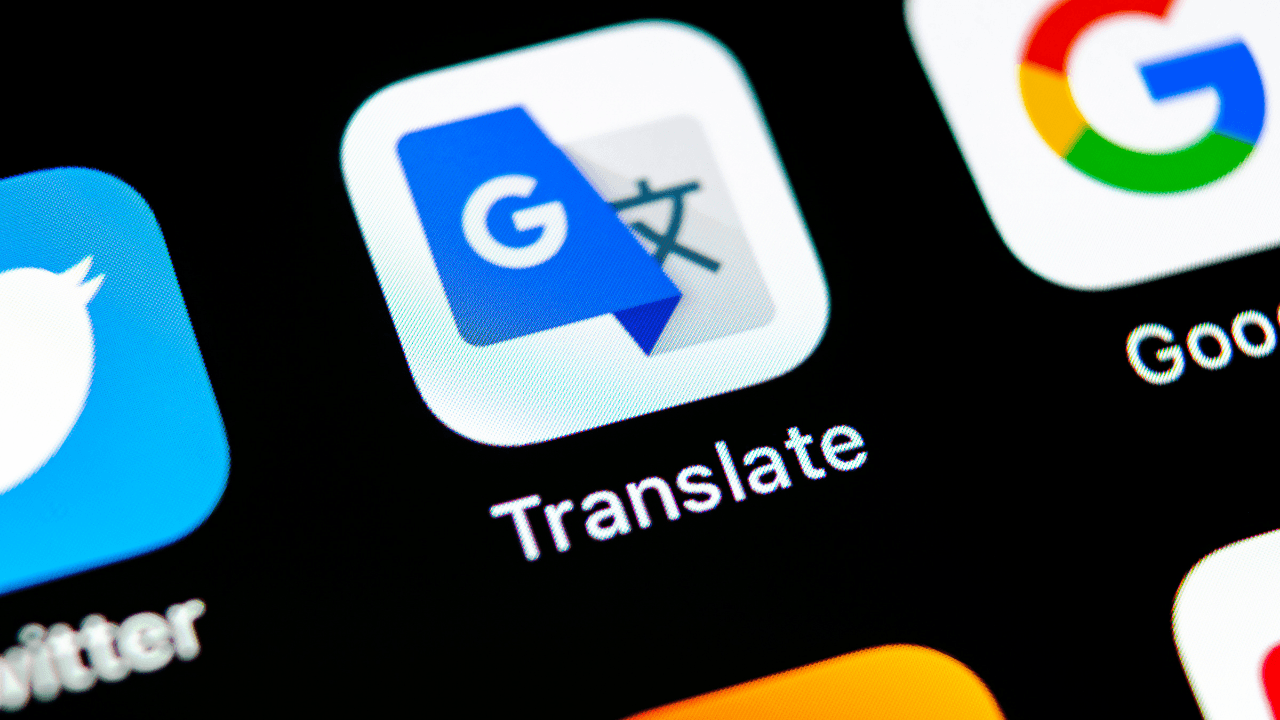
Google Translate Ushers in New Era of Personalized and Educational Translations with AI-Powered Features
Google Translate, a ubiquitous tool for bridging communication gaps across languages, is poised to undergo a significant transformation. The tech giant is introducing a suite of new artificial intelligence (AI) driven features designed to enhance the translation experience, making it not only more accurate but also more personalized and educational for users. This innovative development aims to empower users with greater control over their translations and a deeper understanding of the nuances of language.
The core of this upgrade lies in the integration of AI to provide users with more than just a simple word-for-word translation. The new features will enable users to delve into the intricacies of language, exploring different interpretations, contextual variations, and cultural implications. This represents a significant step beyond the traditional functionality of Google Translate, transforming it into a comprehensive language learning and cultural exploration tool.
A pivotal addition to the Google Translate app is the "Ask a Follow-up" button, which appears after a translation is generated. Upon clicking this button, users gain access to a range of AI-powered options designed to illuminate the translation further. These options offer a multifaceted approach to understanding the translated text, catering to diverse learning styles and comprehension levels.
One of the key benefits of this new feature is the ability to customize the tone and style of the translation. Users can select from options like "Formal," "Simplified," and "Friendly" to tailor the translation to suit the specific context and audience. This level of customization ensures that the translated text accurately reflects the intended message and resonates appropriately with the target audience. For instance, a business email might require a formal tone, while a casual message to a friend would benefit from a more friendly and approachable style.
Furthermore, the AI-powered options allow users to explore different forms of the translation. This includes alternative translations, rephrasing suggestions, and even local variations. By presenting multiple options, Google Translate empowers users to choose the translation that best captures the intended meaning and fits the specific cultural context. This is particularly valuable when dealing with idioms, slang, or other expressions that can be challenging to translate directly. The availability of local variations ensures that the translation is not only accurate but also culturally relevant and appropriate.
Beyond stylistic and contextual variations, the new AI features also provide explanations of the linguistic nuances underlying the translation. This is where Google Translate truly transcends its traditional role as a mere translation tool and transforms into a language learning resource. By elucidating the grammatical structures, word choices, and cultural connotations embedded within the translated text, the AI helps users avoid misunderstandings and gain a deeper appreciation for the intricacies of language. This feature is particularly beneficial for language learners who are seeking to improve their understanding of grammar and vocabulary in a practical and contextualized manner.
To further enhance the learning experience, Google Translate now offers an audio reading option that allows users to listen to the correct pronunciation of the translated text. This feature is invaluable for improving pronunciation skills and developing a better ear for the nuances of the target language. By hearing the words spoken correctly, users can refine their own pronunciation and gain a more accurate understanding of the sounds and rhythms of the language.
In an effort to continuously improve the quality of its translations, Google is also incorporating user feedback mechanisms into the new features. Users can provide feedback on the accuracy and effectiveness of the translation by using "like" or "dislike" buttons. This feedback loop allows Google to refine its AI algorithms and ensure that future translations are even more accurate and reliable.
Moreover, the updated Google Translate will offer cultural notes and grammar explanations, providing users with valuable insights into how translations may vary across different regions and cultures. This is particularly important when translating texts that contain cultural references or idioms that may not be easily understood by individuals from other backgrounds. By providing cultural context, Google Translate helps users avoid misinterpretations and communicate effectively across cultural boundaries. For example, a phrase that is considered polite in one culture might be considered rude or offensive in another. The cultural notes provided by Google Translate can help users navigate these potential pitfalls and ensure that their communication is respectful and appropriate.
The introduction of these AI-powered features marks a significant evolution in the field of machine translation. By providing users with more control, explanation, and contextual understanding, Google Translate is transforming from a simple translation tool into a comprehensive language learning and cultural exploration platform. This development has the potential to break down communication barriers, foster cross-cultural understanding, and empower individuals to connect with the world in a more meaningful way. While currently available to a limited user base, the widespread adoption of these features promises to revolutionize the way we interact with languages and cultures around the globe. It represents a commitment to continuous improvement and a dedication to providing users with the most accurate, personalized, and educational translation experience possible.
The integration of AI into Google Translate signifies a future where language barriers become increasingly insignificant, allowing for seamless communication and collaboration across cultures. The possibilities are vast, ranging from improved international business transactions to enhanced cross-cultural understanding and empathy. As AI technology continues to evolve, we can expect even more sophisticated and personalized translation experiences in the future. This is an exciting development for language learners, travelers, and anyone who seeks to connect with the world in a more profound and meaningful way.
